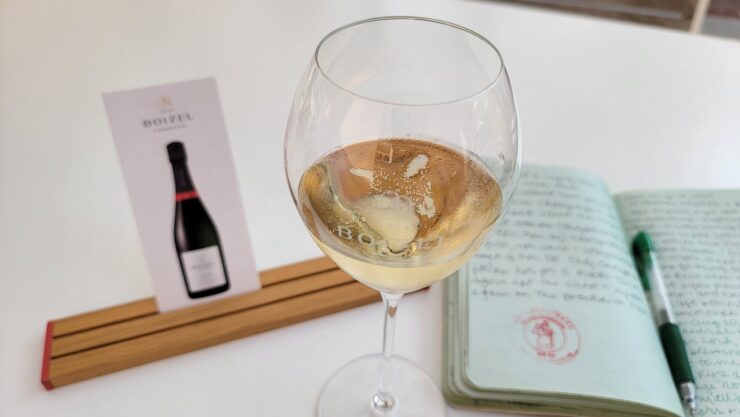It’s impossible to come to the Champagne region without wandering Épernay’s Avenue de Champagne—and I simply had to go. The grand boulevard is lined with some of the most prestigious Champagne maisons in history.
Moët et Chandon was established here in 1746, while Perrier-Jouët set up headquarters in 1813. During the Belle Époque, many others built château-like mansions with ornate façades, iron gates, and manicured gardens.
Despite all this grandeur, I found Épernay refreshingly approachable. Locals welcomed me warmly, and visitors seemed just as comfortable in hiking shorts and Tevas as they did in flowing sundresses and crisp linen.

The Magic of Champagne Épernay
L’Avenue de Champagne is called the richest avenue in the world. Richer than Paris’ Champ Élysées, Beverly Hills’ Rodeo Drive, or 57th Street in NYC. That’s because of the 200 million bottles sleeping in the cellars underneath the boulevard in a labyrinth of chalk caves.
The chalk caves stretch 110 kilometers (68 miles). That’s almost the distance between Épernay and Paris. You can stroll this wide UNESCO-recognized street, peek into Épernay Champagne houses, and book tours that take you deep underground into hand-carved cellars.

As Aurélie Mercier, a guide with the Office de Tourisme Épernay en Champagne, told me, “You don’t need a reservation to take a look. So go! Don’t hesitate.” Though booking a cellar tour at least three weeks in advance is wise.
Champagne Tasting in Épernay: Maison Boizel
One highlight of my Champagne tasting in Épernay was Maison Boizel. Few Champagne houses still showcase wooden barrels, and I loved seeing them on this tour.
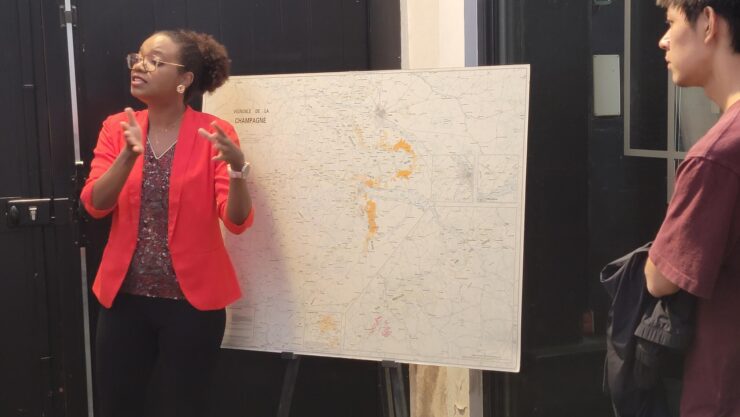
Our eloquent guide, Georgie, led us 11 meters underground through chalk-walled cellars lined with thousands of bottles. At one point, she pointed to racks of bottles turned upside down. “The traditional way is to turn the upside-down bottles for seven weeks,” she said as we ducked into another cool passageway.

A Private Champagne Épernay Experience at Maison de Venoge
After lunch at Matin Gourmand, I ventured to Maison de Venoge. Producing 800,000 bottles annually, this house caught my attention with its bottles shaped like decanters.

Stacey Wittig photo
I’ll never forget my magical tasting in the 1837 formal salon designed for refined gatherings, where I shared Champagne with Philippe Manfreedini, the Directeur Commercial. Sunlight spilled through tall windows, dancing across parquet floors and floral carpets. Louis XVI–style chairs, gilt mirrors, and marble busts surrounded me in aristocratic splendor. Sipping Princes de Venoge Champagne beneath glittering chandeliers, I felt like an honored guest from the 1800s. French elegance, old-world grandeur—and yet surprisingly comfortable. I was living my best Belle Époque fantasy in Epernay.
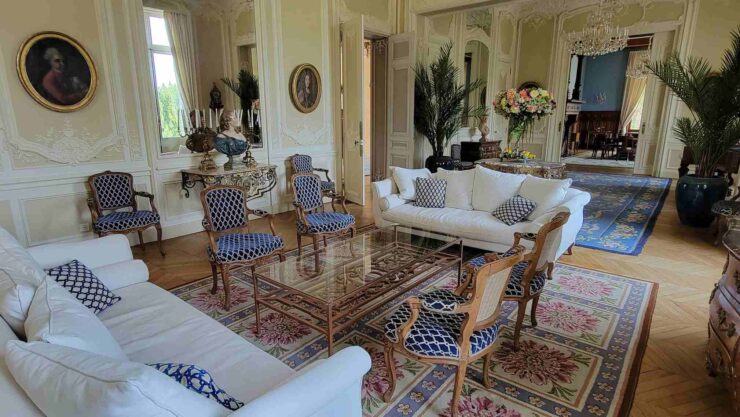
Stacey Wittig photo
Daily Champagne Tasting in Epernay at the Office of Tourism
For something completely different, stop by Office de Tourisme Épernay en Champagne, located on the famed Avenue de Champagne in a historic former Moët‑Auban property. Here, local vignerons pour tastings daily from 10:30 a.m. to 5 p.m., with a different producer each day—giving you the rare chance to meet the makers, hear their stories, and discover the unique character of their cuvées. The Office also offers a wealth of resources—from maps and tour bookings to souvenirs and expert advice—and serves as the gateway to immersive experiences across the region, from vineyard bike rides to interactive exhibitions at the Musée du Vin de Champagne.
Before continuing our stroll along the Avenue de Champagne, let’s pause to explore a few ways to elevate your Champagne tasting in Épernay.
The Inimitable Character of Champagne
I believe we are all aware that only sparkling wine from Champagne can be called Champagne, but not everyone realizes how strictly production is controlled. The Comité Champagne, founded in 1941, enforces traditional methods to safeguard excellence:
- Grapes must be hand-picked to avoid damage.
- Grapes must be pressed on the land where they were grown.
- Champagne must be aged for at least three years before it can be called Champagne.
These rules preserve Champagne’s inimitable character, the very taste of heritage in a glass.
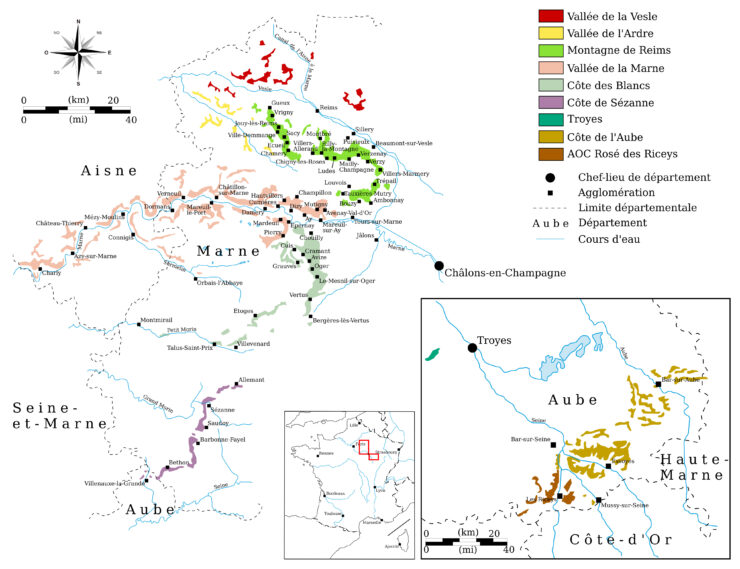
Champagne Épernay and the Cru System
I expected multiple appellations in Champagne, but I learned there is only one AOC, Appellation d’Origine Contrôlée (Controlled Designation of Origin). France’s strict certification system protects the authenticity of agricultural products—especially wine, cheese, and butter—by guaranteeing they originate from a specific region and are produced according to traditional methods.
But no, there is only one AOC in all of Champagne, a region of rolling vineyards and chalky hillsides in northeastern France, just 90 miles east of Paris. Instead, the region is divided into five districts. Épernay, home to the legendary Avenue de Champagne, at the heart of Champagne country, lies between the Côte des Blancs and the Vallée de la Marne districts.
Champagne villages are classified into three crus:
- Grand Cru: Only 17 villages earn this elite designation.
- Premier Cru: 44 villages rank just below.
- Autres Crus: All remaining villages, many producing outstanding wines, especially in blends.
Exploring Vertus and the Côte des Blancs
Through the Épernay Greeter program, I met Jean-Marie, who introduced me to Vertus, a medieval walled village classified as Premier Cru. Despite that, Vertus is the largest wine-producing village in Côte des Blancs. Here, Chardonnay reigns supreme—95% of grapes are planted to it, creating wines with elegance and mineral brightness.
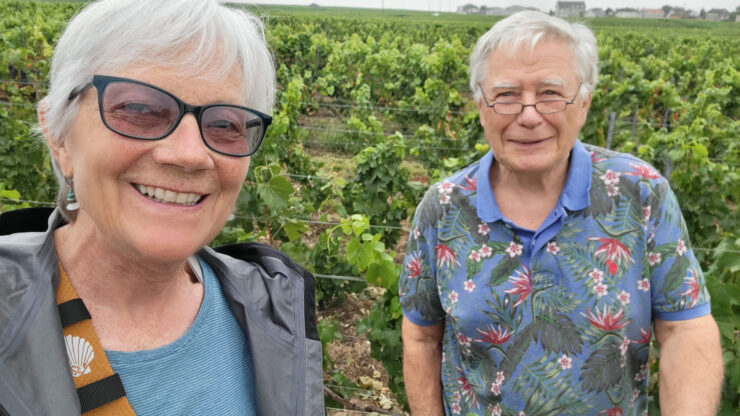
I stayed at Hôtel le Relais du Vigneron, where tastings of Domaine Charles Pougeoise Champagnes paired beautifully with dinner at Restaurant Terre de Craie. I started with a sweet version as an aperitif, accompanied by the amuse-bouche. Then switched to a red wine from the Loire Valley for the duck with corn medley, and then jumped back into a drier champagne for the cheeky chocolate dessert. The chef’s playful touches in every course delighted me.

Champagne Tasting in Épernay: One Last Tip
Here’s one last insider tip: start your Champagne tasting in Épernay at Musée Pressoria, located in nearby Aÿ-Champagne. Just a 10-minute drive from Avenue de Champagne, this museum, which opened in 2021, is located inside a former grape pressing center. Its interactive exhibits help you experience fermentation, terroir, geology, and aroma in surprising sensory ways (I even felt like I was sitting inside a glass of Champagne).
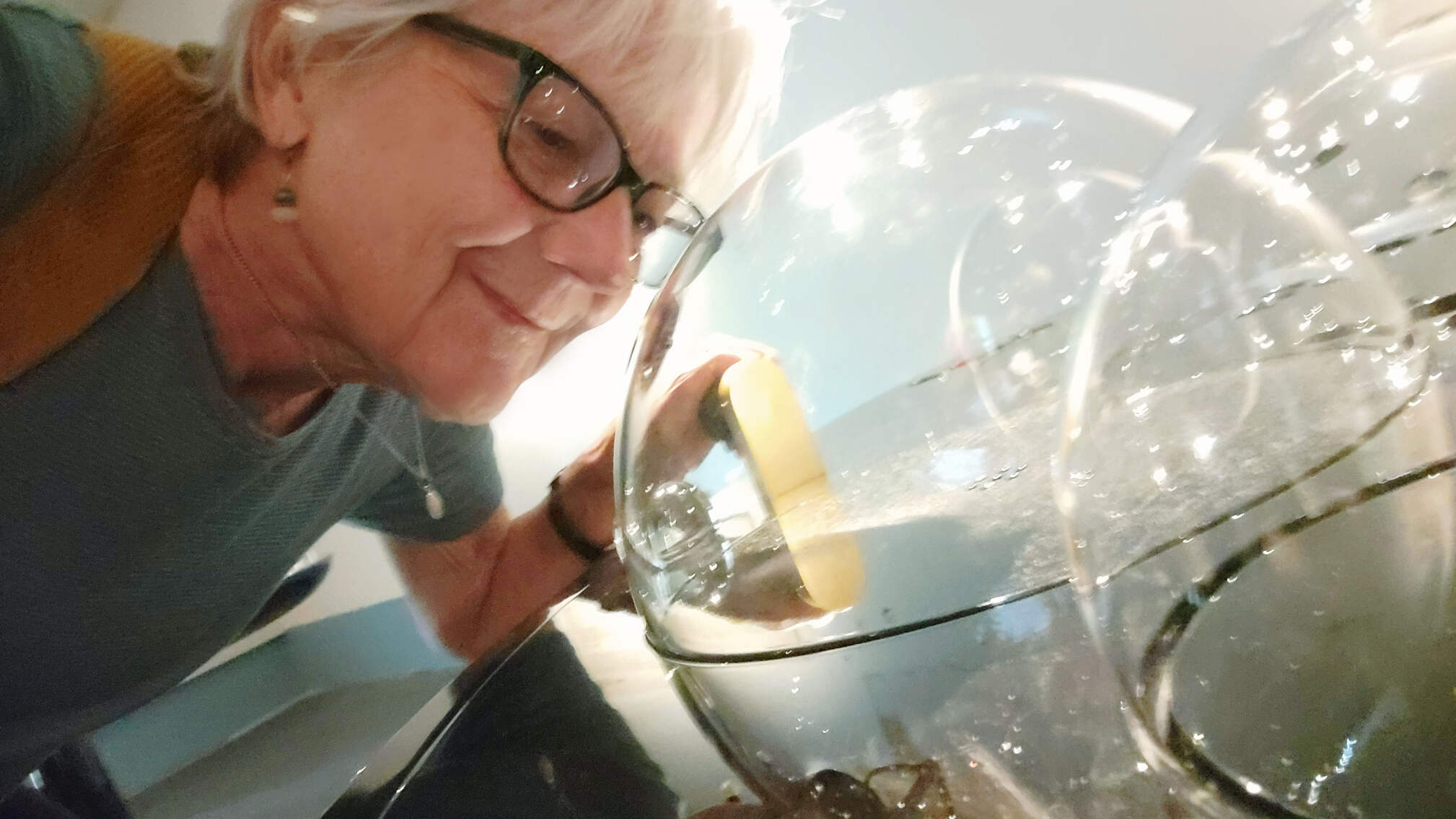
Then, return to Avenue de Champagne with a new perspective, moving from tasting to tasting at the pace of joie de vivre. For a fitting finale, visit the Musée du Vin de Champagne et d’Archéologie Régionale to complement your tastings with a deeper understanding of regional history.
Final Sip
Whether in a glittering maison or a vigneron’s humble tasting room, Champagne tasting in Épernay delivers both elegance and authenticity. For me, Champagne Épernay isn’t just about bubbles in a flute—it’s about tradition, terroir, and unforgettable human connection. Santé!
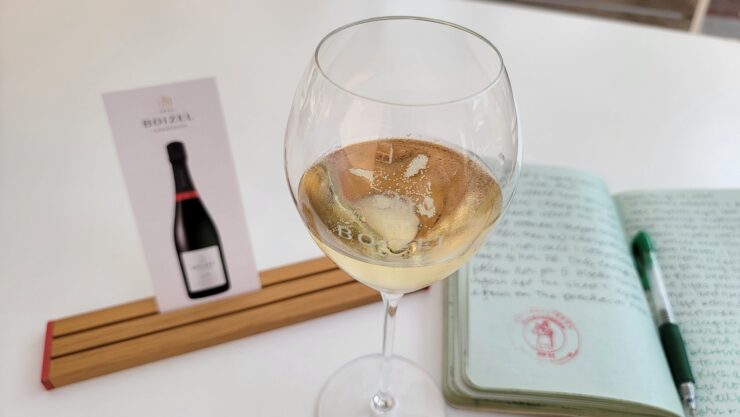
If You Go
Epernay is only a one-hour and fifteen-minute train ride from Paris. Plan to spend three nights exploring at the leisurely pace that the Champagne country deserves.
Start planning now at Epernay Tourisme.
Stacey Wittig writes about fun and unexpected wine country escapes at UnstoppableStaceyTravel.com.

You May Also Enjoy Reading:
Champagne: Wine of Kings and the King of Wines

